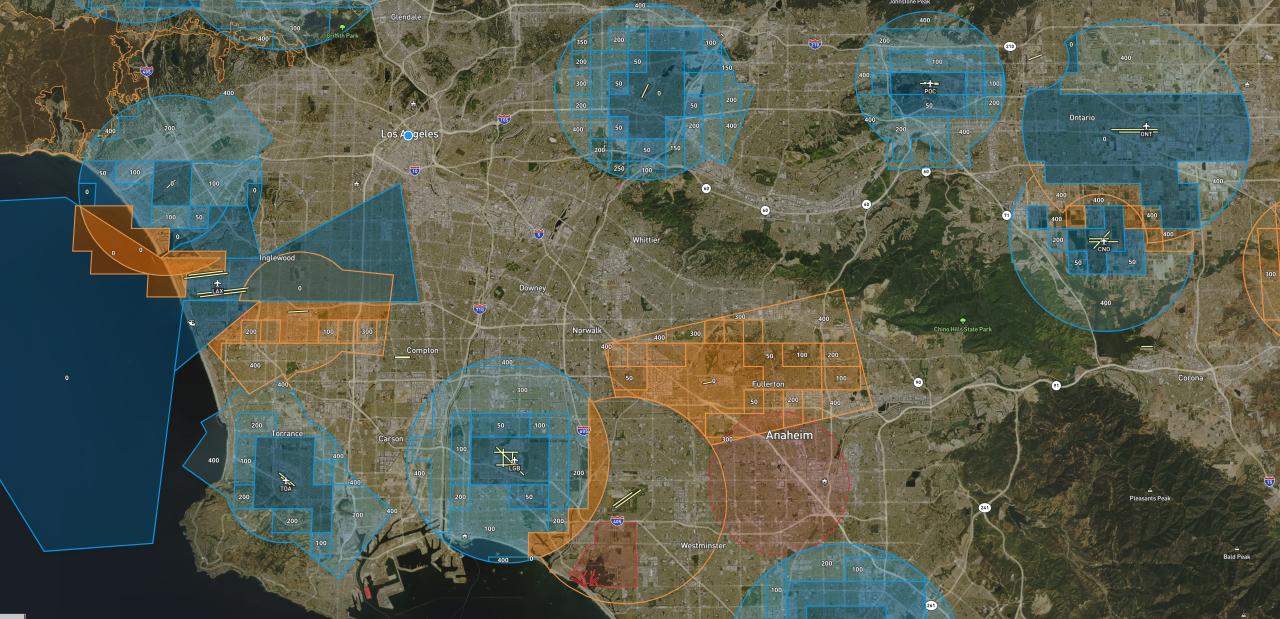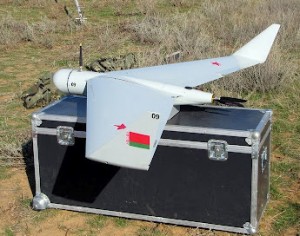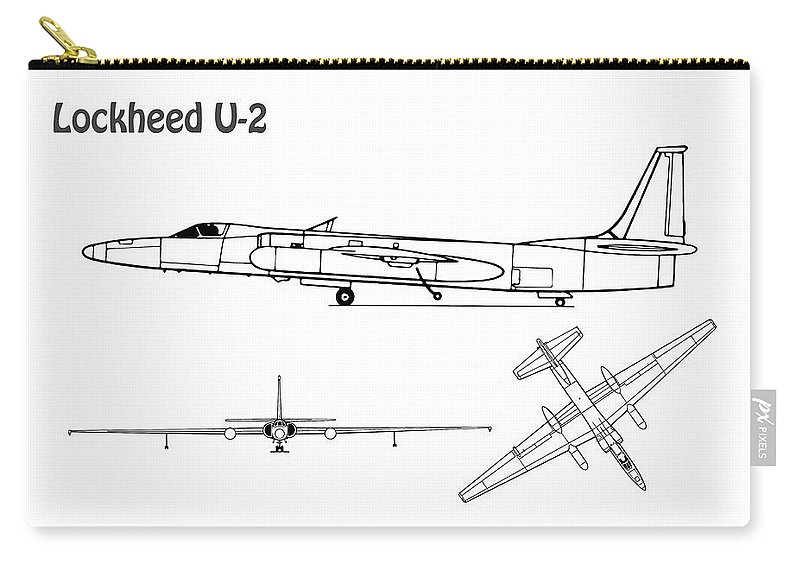
The Small UAV Coalition is pleased to announce that the House of Representatives has passed the FAA Reauthorization Act of 2018. The legislation reauthorizes Federal Aviation Administration (FAA), allowing for continued growth of commercial unmanned aircraft systems in the United States. It also ensures safety and security of our national airspace. The House Transportation and Infrastructure Committee Chairman Shuster and Reps. Perry and Sanford for their support in passing FAA Reauthorization Act of 2018.
Supports legislation and policy changes to allow small unmanned aerial vessels to operate
The United States will allow small UAVs for law enforcement or emergency management. However, UAS cannot be used to hunt or voyeurise or attach weapons to them. Additionally, operators would have to obtain a Federal Aviation Administration pilot's permit and take a test flight in order for them to operate drones. By the end of this year, local governments will be able to decide whether to allow commercial drone use.
The bill would prohibit the operation of UAS in areas where people have a reasonable expectation of privacy, including restrooms, locker rooms, and individual residential rooms. It also prohibits the use of UAS on campus buildings, daycare centers, or residential hallways. The legislation would however exempt UAS operators from using them for government or business purposes. However, it would allow university officials with UAS to be operated in certain areas.

The development of infrastructure that will allow for widespread use of low-altitude aviation space.
A new technology will allow for seamless connectivity between drones and low-altitude airspace. NextGen's En Route Automation Modernization Platform (ERAM) replaced the legacy host system in 2015. The enhanced radar coverage and reduced vectoring of this new technology allow airlines to plan more efficient flights. This technology also ensures that all aircraft fly at safe altitudes.
Low-altitude airspace is complex because of the many human and environmental variables involved. It can be difficult to manage. Operational roles should be clearly defined, and staff must be well-trained. Management systems should be reviewed to reduce human error and improve efficiency. The main challenges faced by low-altitude aviation management are loss of control (link loss) and communication failure.
Supports the development of micro-classifications for small UAVs
Effective countermeasures are becoming more important as the unmanned small aerial vehicles (UAVs), continue to grow in number. Traditional airspace control measures are inadequate to deal with low-flying objects, and these new technologies will be vital to ensuring the safety of our communities. Many industrial initiatives are being created to meet this need. Here are a few examples. These are:

UAVs face significant challenges due to limitations in radio frequency bandwidth. This limitation has a wide range of effects on military services, but is particularly important for Navy ships at war and Army battalions. The UAV industry and Congress are working to find solutions that will ease this issue. There are currently no laws that restrict small UAVs being used for military purposes.
FAQ
Is Drones Prohibited?
The FAA has banned drones in areas near airports and stadiums. However, they do allow them to fly at night using GPS technology.
Can I fly my drone indoors
Yes, you can fly your drone indoors. You just have to ensure no obstacles or hazards inside your home. Avoid flying near heating vents, heating vents and air conditioning units.
Is it illegal for a drone to be flown?
Yes, flying drones can be illegal in certain countries. These include Australia, Canada. Germany, Japan. New Zealand. Singapore. South Korea. The United Kingdom. It is legal in countries such as France, Italy Netherlands, Poland and Russia.
Can I fly my drone through my neighborhood?
Yes! These are called UAVs (unmanned aerial vehicles). There are many different types of drones that you can buy today, including small quadcopters as well as large fixed-wing aircraft. The FAA recently released new rules for commercial UAV use, meaning that they are now legal to fly for business purposes. Be aware that UAVs operating near airports could cause interference to air traffic control systems. You must get permission from the authorities before you can fly one.
Statistics
- According to Indeed, a drone pilot gets paid $25.73 per hour on average in the US. (dronesgator.com)
- With the top 10% making over $100/h and the bottom 10% making as low as $10/h. (dronesgator.com)
- Research and Markets predict a growth rate of 51.1% over the next five years. (thedroneu.com)
External Links
How To
Repairing A Drone's Damaged Motor
The first step toward repairing a damaged motor is to identify what part of the motor is broken. To do this, remove the propeller and motor shaft. Then you should remove any wires attached to the motor and look at the inner workings of the motor itself. If you notice something amiss, you'll know what part of your motor to fix.
If there are no damages to the motor you don't have too much to worry about. However, if your motor looks anything like these images, then you will need some parts replaced before you can fly.
Let's say that a motor is bent so that it can no longer turn. To get the motor to turn again, you'll need to bend it. To hold the motor in place, you can use a pair or vice grips. After you have completed this step, be sure to inspect the motor for any signs of wear.
Once everything is fine, place the propeller onto the motor shaft. You are now ready for your drone to fly.